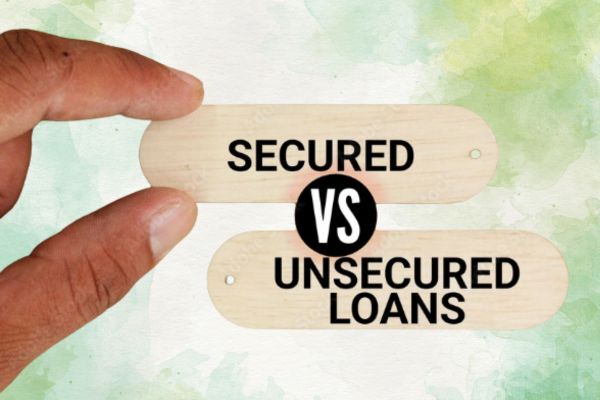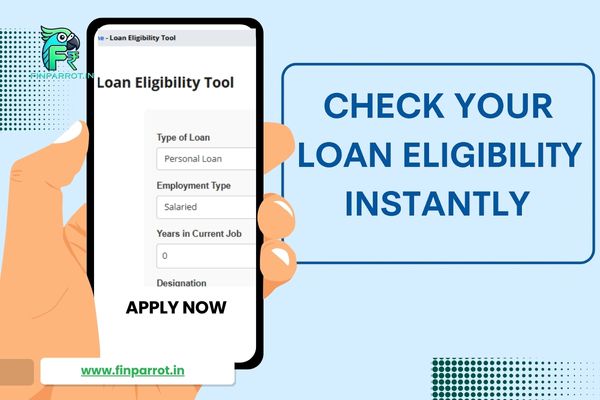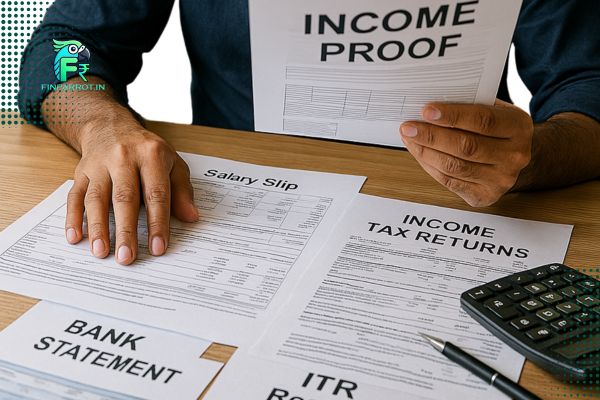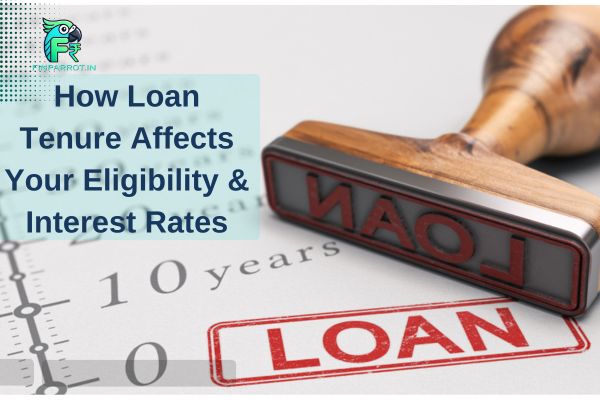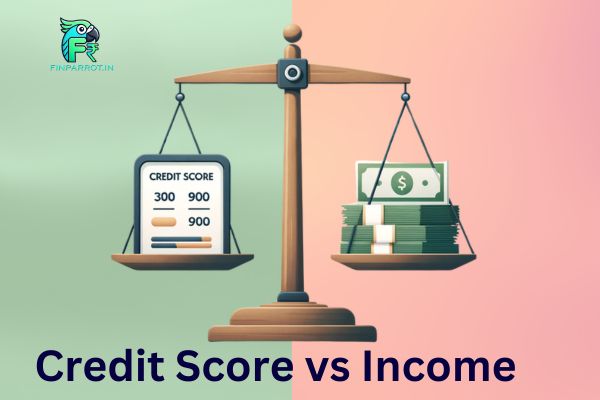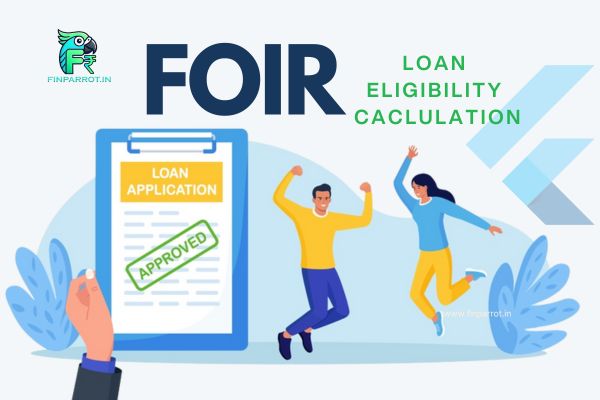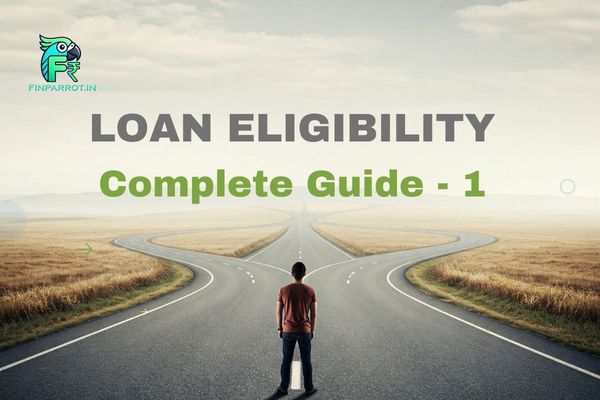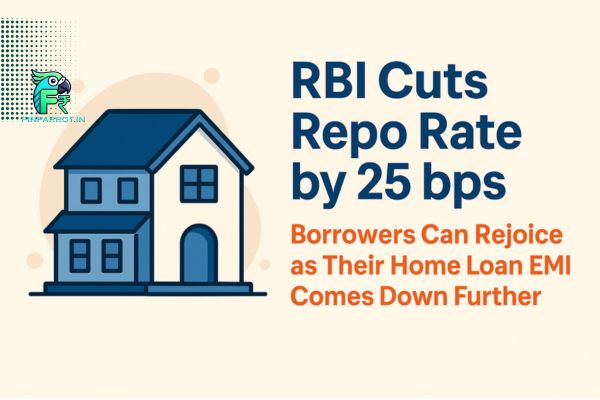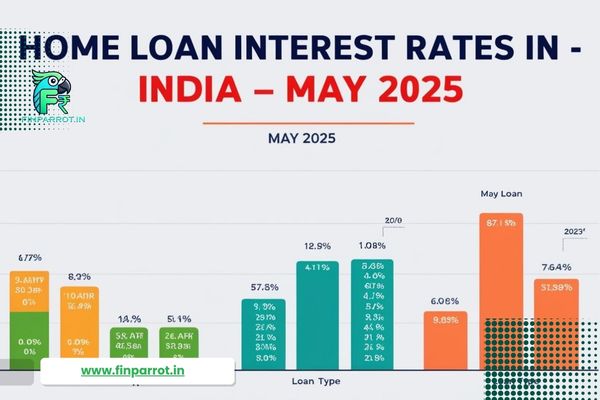Introduction
Choosing a loan inappropriately leads to serious financial trouble because it might result in paying additional interest up to 50% above the original amount over the long term. All loans have unique characteristics that match various financial requirements. The knowledge of how secured vs. unsecured loans differ will assist all types of professionals, employees, entrepreneurs, and self-employed workers in picking the best financial option.
The security requirement for a secured loan enables lower interest rates to help people invest in properties and business expansions. Unsecured loans serve immediate financial requirements by offering quick approval times without the need for collateral, making them suitable for medical costs and debt combinations and for running small businesses. Read on to know about “secured vs. unsecured loans: which one is right for you?”
Understanding Secured Loans
Assumption of debt through a secured loan entails borrowers offering property, including houses, cars, and savings accounts, as a guarantee against loan obligations. Secured loans offer reduced interest rates and larger borrowing amounts since they lower the financial risk for creditors by offering collateral assets.
Key Features:
- Secured loans demand borrowers to submit real estate property along with vehicles and investments for security functions.
- Registered collateral with lenders allows them to offer rates that stand lower than those of unsecured loans.
- The amount of available loans depends directly on how much assets secure the loan.
- The repayment period for secured loans extends from 5 years up to 30 years.
- A defaulted payment creates a right for the lender to claim possession of the offered assets as collateral.
Interest Rates & Loan Amounts
- Local banking institutions provide home loans with interest rates between 6.5% and 8.5%, but car loans interest rates usually fall between the 7.5% to 9% range.
- Each commercial loan is based on collateral worth but offers amounts starting at $5,000 up to multiple millions.
Eligibility & Requirements (Checklist)
✅ Proof of income (salary slips, bank statements)
✅ Collateral documents (property papers, vehicle title, etc.)
✅ Good credit score (typically 650+ for better rates)
✅ Debt-to-income ratio assessment
✅ Stable employment or business history
Understanding Unsecured Loans
You can obtain an unsecured loan without providing collateral because lenders fund approvals through creditworthiness evaluations, income assessments, and financial record examinations. Unsecured loan rates are higher, and the maximum loan amount is lower since lenders bear greater financial risks.
Key Features:
- The requirement for collateral does not exist because acceptance decisions stem from income levels and credit score evaluations along with steady financial records.
- These loans receive approval within a period of 24 to 48 hours.
- The interest rates for this type of loan span between 10% and 24%, according to the borrower’s credit score rating.
- Unsecured loans offer access to sums that normally do not exceed $100,000 in value.
- Short repayment periods usually fall between 1 and 7 years.
Interest Rates & Loan Amounts
- A personal loan’s interest rate falls between 10% and 24% based on the borrower’s credit score rating.
- The available loan size spans between $1,000 to $100,000, and the amount depends on both income and credit score ratings.
Comparing Secured & Unsecured Loans
The loan selection offers either secured loans or unsecured loans as two primary options. The main differences between these options will be explained in detail.
| Feature | Secured Loan | Unsecured Loan |
| Collateral Required | Yes, such as a house or car | No collateral needed |
| Interest Rate | Lower, since the lender has security | Higher, as there’s more risk for the lender |
| Loan Amount | Higher, since there’s collateral | Lower, as there’s no asset backing it |
| Approval Speed | Slower, as asset valuation is needed | Faster, with minimal paperwork |
| Flexibility in Usage | May be restricted (e.g., home loans for homes) | More flexible, can be used for various needs |
| Risk | Risk of losing the asset if you default | No asset loss, but credit score will drop |
Pros & Cons with Real-Life Examples
The advantages of secured loans include reduced interest rates (6% home loan costs less than 18% credit card loan) and larger available sums (you can obtain $200,000 mortgage loans that exceed personal loan thresholds).
In contrast, their downsides include asset loss (If you default on your car loan, the bank can repossess your vehicle.) and longer application timelines (you need weeks to secure a house loan because banks must evaluate your property).
Personal loans receive approval within one day, along with the protection of physical assets, because defaults do not result in property loss. Higher interest rates (A personal loan may have a 12% interest rate, while a secured one is 6%.)
Lower borrowing limit (Credit cards and personal loans usually offer smaller amounts.) The plan to get a loan, along with payment methods and strategies to prevent issues.
Step-by-Step Loan Application Process
- Determine Your Needs – How much do you need? What type of loan suits you?
- Check Your Credit Score – A higher score gets you better rates.
- Compare Lenders – Banks, credit unions, and online lenders all have different terms.
- Gather Documents – Common ones include ID, proof of income, and credit history.
- Submit Application – Online or in person, depending on the lender.
- Approval & Disbursement – Once approved, funds are sent to your account.
FAQ’s
Can I get an unsecured loan with a low credit score?
Yes, but it may come with higher interest rates. Some lenders offer unsecured loans to low-credit-score borrowers, but approval depends on income and financial history.
What happens if I default on a secured loan?
If you fail to repay a secured loan, the lender has the legal right to seize the collateral (e.g., home, car) to recover the outstanding debt.
Final Words
Your selection of a loan depends both on your current financial state and your level of risk acceptance. The standard of secured lending features minimal interest charges. However, it demands asset surrender, whereas unsecured deals allow instant access to money with no collateral requirement, although the fees stay elevated. The knowledge of these factors will assist you in making educated financial decisions. The key steps include comparing multiple lenders, reading all contractual terms, and ensuring that your payment plan aligns with your financial ability. Strategic planning allows you to borrow funds in a smart manner that helps you reach your monetary objectives. Hope this helps you decide secured vs. unsecured loans: which one is right for you!
Most Read Topics
Salaried Vs Self Employment | ₹4 Cr Loan Approved Case Study | Best Student Loan Apps
